-
Posts
3,175 -
Joined
-
Last visited
Content Type
Profiles
Forums
Gallery
Events
Posts posted by realworkingsailor
-
-
So.... One of you, not sure who, was hoping too hard that I'd get back to work soon!
Seems like fate has a sick sense of humour, as I was just getting underway to head up to the cottage for the May two-four weekend (aka Victoria Day weekend), the first long weekend of the summer, when the stated objective is to do as much damage to as many cases of 24 bottles of beer as possible, the dreaded phone call came... Stupid hands free blue-tooth... No excuse to not answer....
But I digress, at this point I'm not going to say not to work, even if it is only for a few weeks (allegedly). So I'm off first thing tomorrow morning, and as usual all building comes to a halt, and I was so looking forward to playing with that most excellent castello boxwood that arrived in the mail just a couple days ago... Oh well
Andy
-
-
Hi Ben, glad to hear you're getting back into it. I'm looking forward to seeing your next update(s).
Ed, thanks for the kind sentiments. I'm not totally sunk, but just undergoing my own personal recession! Hopefully I'll have some stories to share soon enough.
Thanks again to everyone else and all the likes, and especially all the compliments, they are very much appreciated.
So a small update on the goings on last weekend.
After re-checking my measurements, I've begun to cut out the gun ports on the port side. In some areas it looks like you need to put on a pair of those old blue and red 3-D glasses in order to make sense of all the lines. But it all works out after a fashion.
To help break things up a bit, I decided to intersperse one monotonous task with another equally monotonous task, and began lining the starboard gun ports. I'm using the kit supplied walnut for this task, as the end product will be painted anyway. The instructions say to use the 6mm strip, but I found the job easier by adding widening the strips to 10mm by adding a 4mm strip. It means I'm not fudging around trying to get all the angles right, and in some cases the thickness between my bulwark and outer planking is a bit over 6mm anyway.
Not much more to add for the moment.
Andy
-
Hello again everyone, and thanks for all the likes and comments.
Time for a small update. I've been busy lately with the gun ports. I was reasonably satisfied with the layout on the starboard side, so I decided to start hacking them out. It's not 100% accurate, but it will be one of those things that separates my build from everyone else's.
As has been identified by other builders, the forward gun ports cut through two of the bulkheads. For my approach, I decided to laminate leftover pieces of first planking in order to build up the thickness and support the bulkhead extensions. For the first layer, I offset the planking by starting with only a half width plank to improve the overlap between layers and make for a stronger structure. So far no observed issues and the bulkhead extensions appear to have retained some strength.
I've also made a stab at the lower counter. The instructions say to simply plank the area, but I read in Jason's log where he created a template. I used some 1/32" basswood sheet I had kicking around to create my own version.
Moving on, I need to verify all the port side gun ports to ensure things line up as closely as possible before cutting them out. I've had to redraw the forward ones a couple of times already. But I'd rather waste sand paper and a pencil lead and re-do it as many times as needs be!
Any day now I should receive my order from Crown Timberyard as well as my first order of replacement bits! Can't wait!
Andy
-
Hi Kevin, no need to ask permission, you're always welcome!
I got the batteries charged so here are a few more photos as promised.
I used the kit supplied tanganyika for the deck. I expected it to be splintery, but useable. After sanding the edges, I used a pencil to simulate the caulking. I've seen a lot of discussion on whether to plank the deck before, or after installing the false deck. I suggest doing both! OK, now you're confused, but it's really not that complicated. After marking out the centre line and the butt shift, I planked the centre section only, until all the hatch ways and other openings where surrounded. There's still more than enough spring in the false deck to install it as once piece.
The other two photos show the first planking at the bow and the stern. Not much more to show for the moment.
Andy
- riverboat, aviaamator, Leo-zd and 19 others
-
 22
22
-
We now return you to your regularly scheduled build already in progress.....
Well, it's been a while since I've posted much of anything. My temporary shore job went temporarily bust just after Christmas (it all came down to a numbers game, there are simply not enough ships running this year to justify the overhead expense blah blah blah (we'll see what happens in audit season!)). Anyway, I'm not out of gainful employment, they've sent back to the fleet (yeah...what fleet?!) at any rate. Long story short, I've had some free time on my hands, so I figured I would start hacking my way through another build.
If some of you may recall, I've got two frigate kits sitting around waiting to be built. As the title suggests, I decided to tackle the HMS Diana first. I didn't take any photos of the early part of the build, mostly because at the time my head wasn't in to documenting for posterity, every minute (mis)step I went through.
Reviewing some of the other build logs (Ray's and Jason's), they pretty well sum up all the pitfalls to watch out for when building this kit, and there are many! In general I found the CnC cut bulkheads leave a lot to be desired in terms of cut accuracy, in many places I had to sand down or shim up in order to get a smooth run of planking without dips or bumps.
I've finished the first planking, and I made an attempt to try something like the method that Chuck espouses for his builds, and ended up with (to paraphrase Douglas Adams) something that almost, but not quite entirely, doesn't resemble it. But it was good practice. I found that the kit was short 4 strips of the first planking material. But rather than order replacements, I found I had enough long scrap pieces lying about that I could reasonably cobble together the missing planks without compromising on the strength of the hull. You may be able to spot one or two of the odd planks in the attached photo.
At the moment I am currently marking out the gun ports. As has been observed, the included template is pretty much garbage. It's a lot easier to take the base dimensions given in the instructions and draw out the ports using a ruler and dividers. Around ports 7 and 8, I found the distance between the ports needs to be slightly greater, around 37mm as opposed to 30. This is where the entry ladder and fenders will eventually go.
Going forward, I intend to replace much of the kit supplied second planking, and last week I ordered a good supply of castello boxwood from Crown Timberyard. Below the wales will pretty much be kit stock, as it will be largely covered by the coppering. I am going to try to make any of the exposed walnut planking look more tarred than painted. I have no intention of using the kit supplied copper plates, I find the Amati plates much better looking and far less.... pimply. I also intend to replace all the blocks, rigging fittings, deadeyes etc., and rigging line. I will probably replace all of the guns, as I'm not a fan of the supplied versions. That oversized bowling ball of a cascabel and weird muzzle shape detracts from their appearance, but the two largest size guns that Chuck sells do match closely with the dimensions of the supplied guns (discounting the aforementioned bowling ball).
I would have some more photos, but the battery on my camera ran out of juice (I really should check these things more often). I'll have some more photos soon.
Andy
-
-
-
You can also see that the forward bulwarks of the bridge wings have raised parapets with some form of rounded reinforcements, as do those of the Lido and Boat decks.
 4 - forward superstructure photo.jpg
4 - forward superstructure photo.jpgHere are those reinforcements as modeled. I simply made them using half-round strips which were applied to the upper edge of the bulwarks and had their ends shaped and smoothed.
Very nice work.
With reference to the above, those "reinforcements" Are most likely wind deflectors. A concave (when viewed from fwd) shaped piece of steel attached by brackets about 3" ahead of the bulwark. You can see it here in this image on a modern ship:
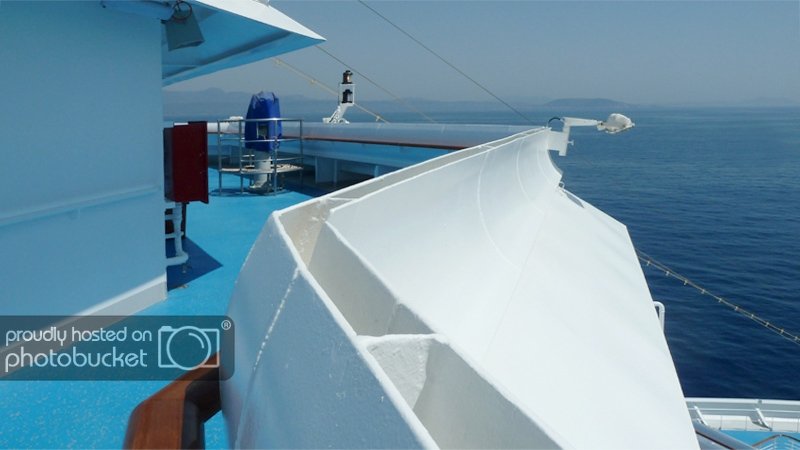
The forward motion of the ship forces air up through the slot. This creates a strong vertical flow that blocks the wind. I can attest from experience, they are very effective, and behind them, you can stand quite comfortably without worrying about losing your hat.
Andy
-
I have had some success airbrushing with Model Expo Paints. However, to work with them (even with a regular brush), they absolutely must be thinned down. Personally I don't like cutting acrylics with water, I use either an acrylic thinner, or clear Windex (same thing, only cheaper and in larger quantities). Some people may use alcohol, but you run the risk of it evaporating while spraying. ME paints, and in fact most, if not all other acrylics, are best sprayed when they have the consistency of milk. For ME that means cutting them down to a ratio of near 1:1 with thinner.
Another thing to consider is the type of airbrush you are using. Some types just cannot handle acrylics, and with others you need a larger needle. I use a Grex, and have had no problems with acrylics once I got the hang of using them. Here are some instructions for airbrushing Proto-Paint, by George's Trains, another brand of acrylic.
Andy
-
Don't get me wrong, I'm not judging anyone or anything. I just feel it's time to expand the vocabulary a little bit to help people better understand the goals of other model builders. And maybe help bring model shipbuilding in line with other hobbies terminology. Might even help a few newcomers along the way.
Andy
- Canute, mattsayers148, mtaylor and 4 others
-
 7
7
-
I don't see why there's all this so-called "fuzzy" or grey area.
If you start with "A" and end up with a highly detailed and hyper accurate "A" (even if you had to significantly re-build or modify it), it should be considered super-detailing.
If you start with "A" and end up with "B" OR if you start with "A" and "B" and combine them to get "C" it's kit bashing.
Andy
-
-
Personally, I feel the term "kit-bashed" is being completely misused in the model ship building community.
Coming from a model railroading background, kit-bashing means taking something and turning it into a completely different model. Usually multiple kits are used, but occasionally one kit is heavily rebuilt to reflect a different prototype.
What I find here, is most builds labelled "kit-bash" are in effect super-detailing projects. Taking something, and increasing the accuracy and detail levels. Fundamentally, the kit remains what it is, as stated on the box, but more closely reflects its prototype, even if a major rebuild is conducted.
In other words, Dafi's HMS Victory build is a classic example of a Super-Detailing project. I also consider JGerson's Rattlesnake a super detailing project.
A kit bash, would be taking a Revell "Cutty Sark" model kit and turning it into the Great Republic.
I'll step down off Mark's milk crate (or is it soap box?) now.
Andy
- Canute, augie, VonHoldinghausen and 12 others
-
 15
15
-
-
If worried about water ingress why not seal the edges prior to planking?
Actually, you want the glue to wick in. It makes a far stronger bond than just having the glue bond the surface.
-
When I built my Pegasus, I had absolutely no trouble with the MDF. As has been pointed out, it's perfectly flat, no warping, everything fit together and aligned cleanly. I didn't have too much trouble sanding it, mind you I did a little pre-assembly prep work with a rasp.
If you're worried about any kind of toxicity in the dust, just use a NIOSH rated dust mask and safety goggles. And as long as the MDF is not fresh off the factory floor, the risk of toxins being released, reduces as time goes by and the binder fully cures.
Also notice that MDF manufactured in Europe has very low levels of Formaldehye (per Mark's link: http://www.hse.gov.uk/woodworking/faq-mdf.htm )
To quote:
"Q4. How much formaldehyde is released by MDF board?MDF boards manufactured in Europe for construction purposes must meet the appropriate European standards. These are BS EN 622-1:2003 Fibreboards-Specifications - Part 1: General requirements and BS EN 622-5:2009 Fibreboards - Specifications - Part 5: Requirements for dry process boards (MDF). There are two European formaldehyde classes, E1 and E2, depending on levels of formaldehyde emission measured. The release of formaldehyde from E1 boards is less than 0.1 ppm (parts per million) and for E2 boards it is between 0.1 ppm and 0.3 ppm.
In Europe, the majority of manufacturers produce only low emission boards. There are some boards available on the market with extremely low formaldehyde emissions and some with ‘no added formaldehyde’, for example those using formaldehyde free binders such as PMDI, i.e. these boards will only have the naturally occurring emissions from the wood itself. Manufacturers from outside Europe may however produce boards that have higher emissions."
At 0.1 to 0.3 parts per million, there's probably more formaldehyde in a processed-cheese sandwich.
As for the water issue, I had no problems with swelling when applying wet planks in fact I don't recall experiencing any swelling at all. As long as your planks are not running off like a faucet, there's not enough moisture transfer to the MDF.
Andy
- gjdale, rshousha and Landlubber Mike
-
 3
3
-
Hi Michael,
An option you may want to consider, have a look at the brush springs for a DC-71 (Pitman) motor:

Andy
-
-
-
-
-
I need to stop by here more often... Yikes... That's some scary impressive machining. Can't wait to hear it turn over for the first time! (When you get that far, of course)
Andy
-

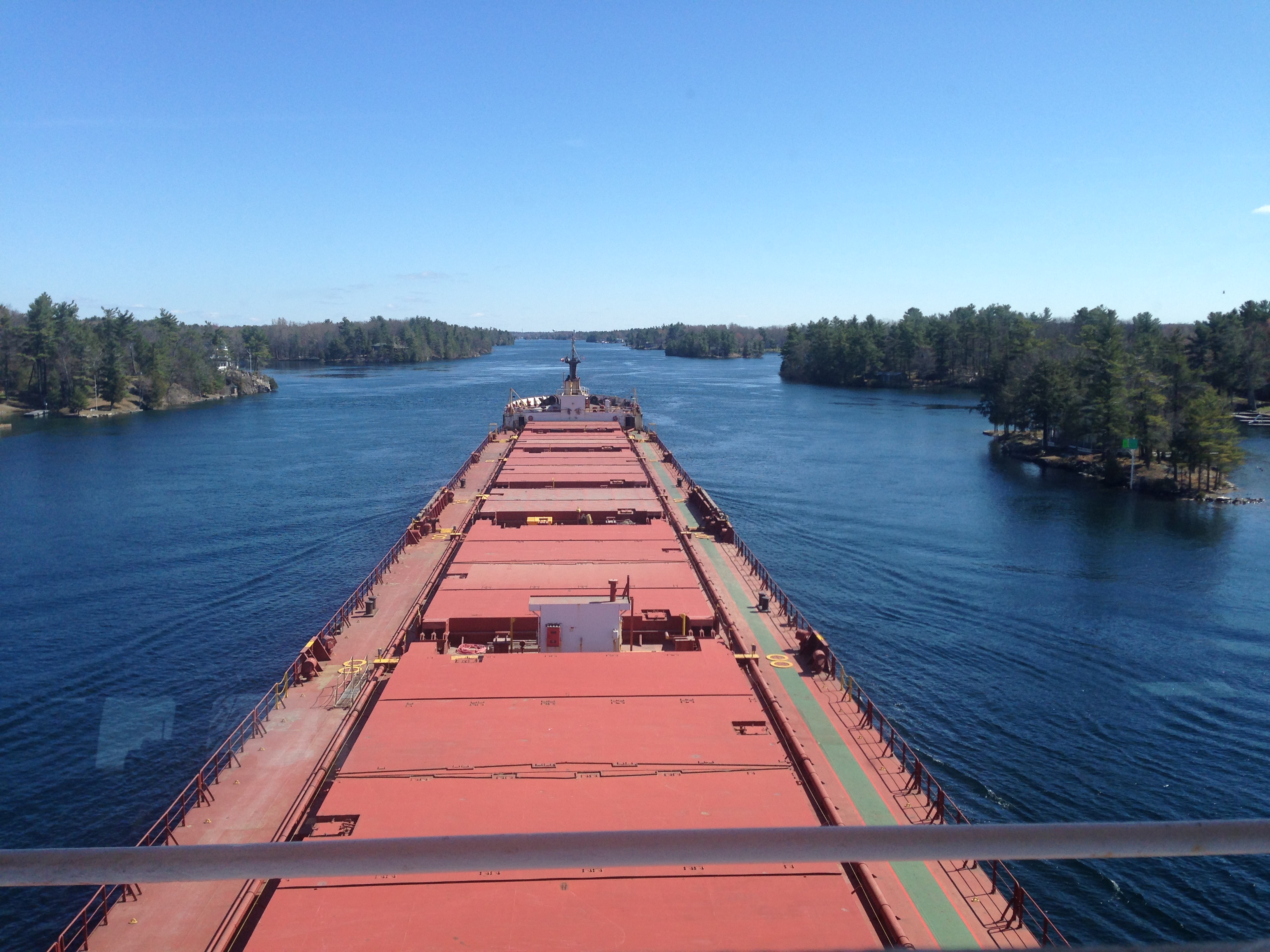

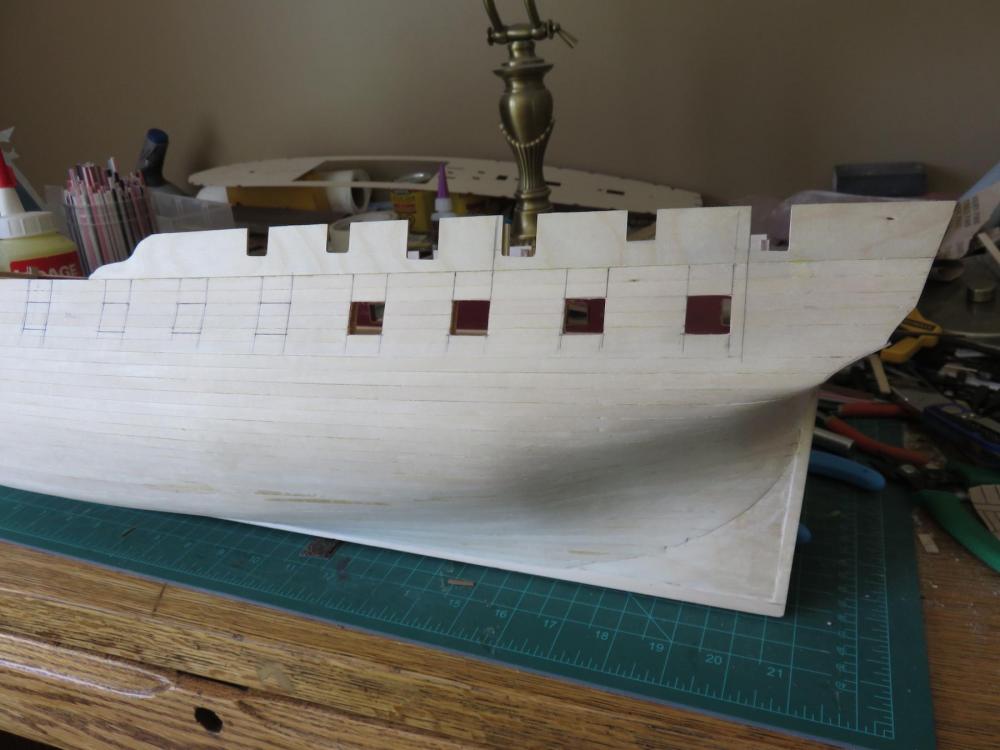
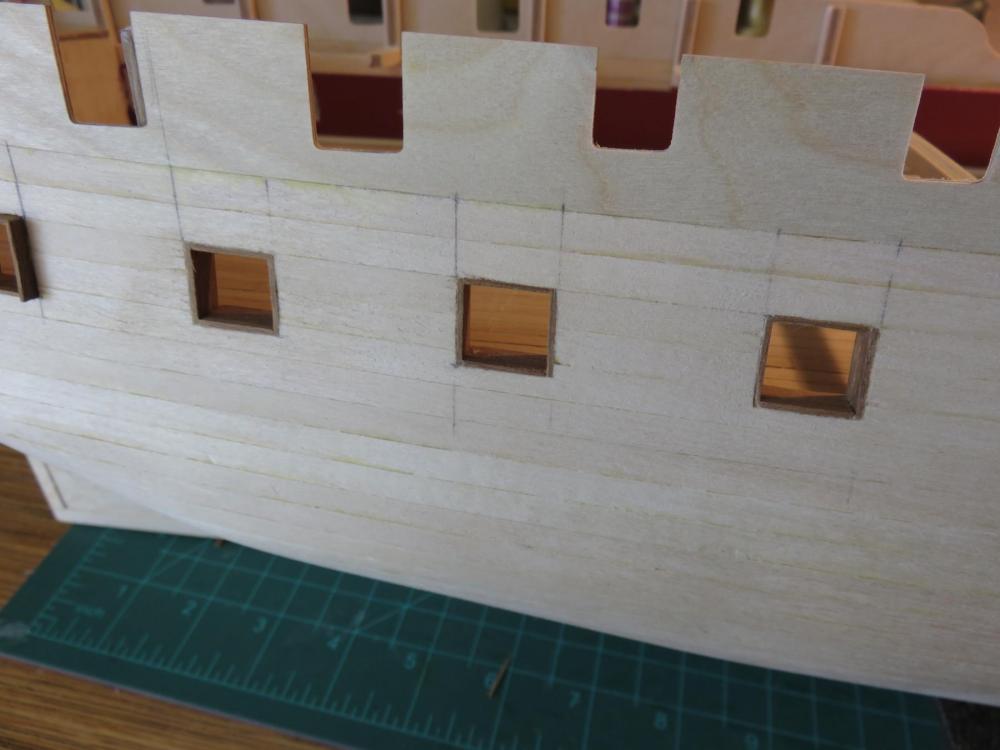
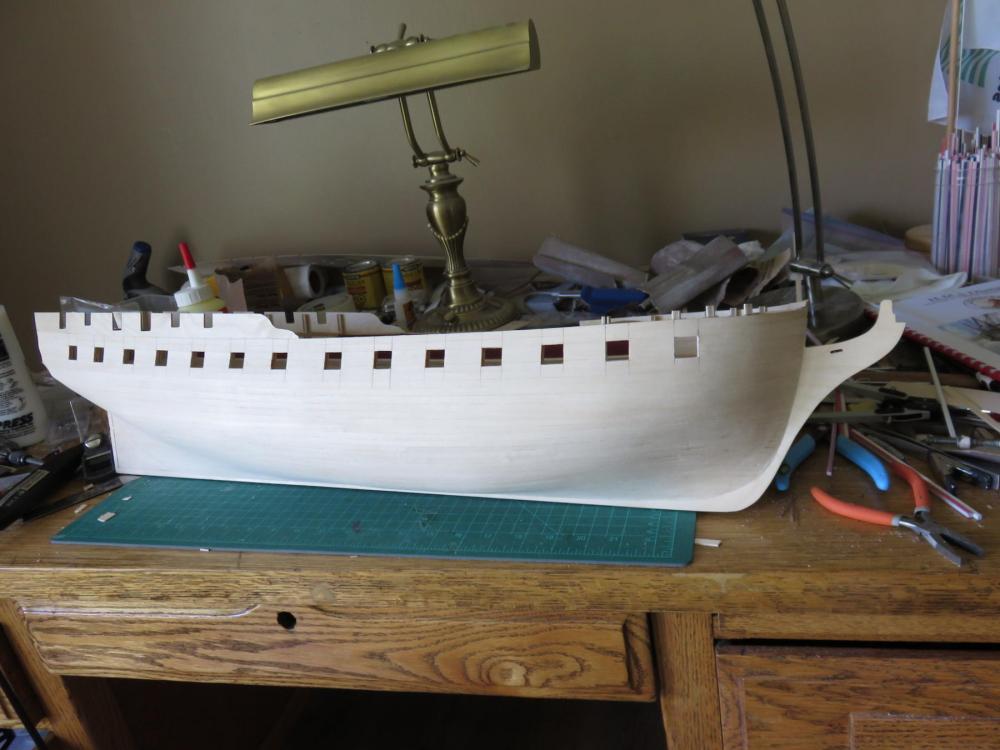
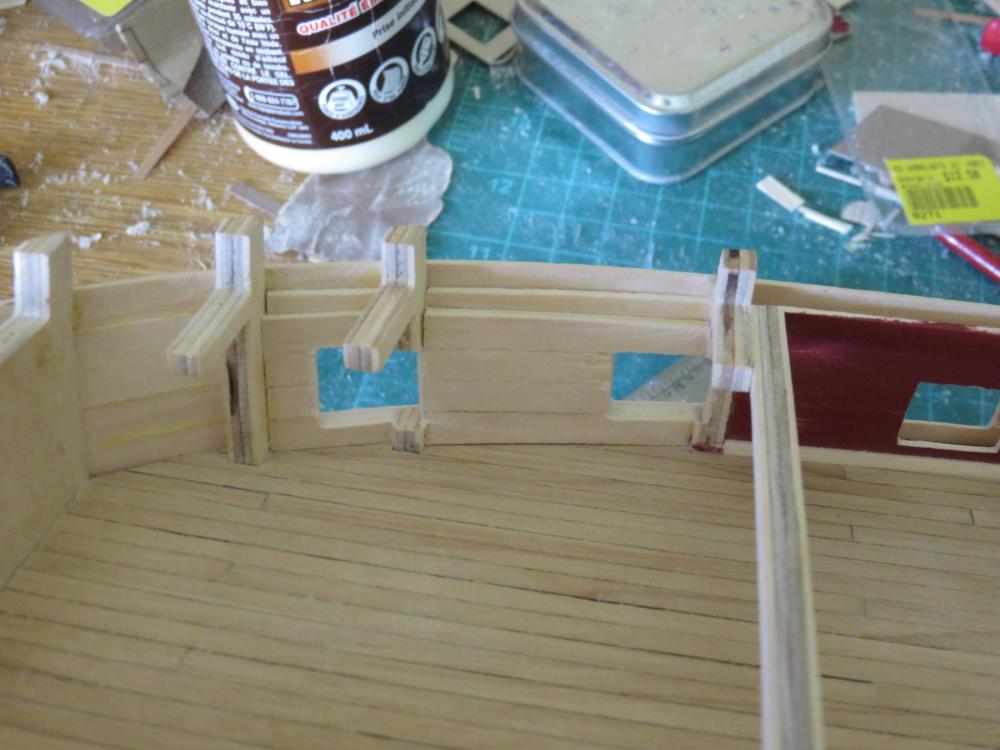
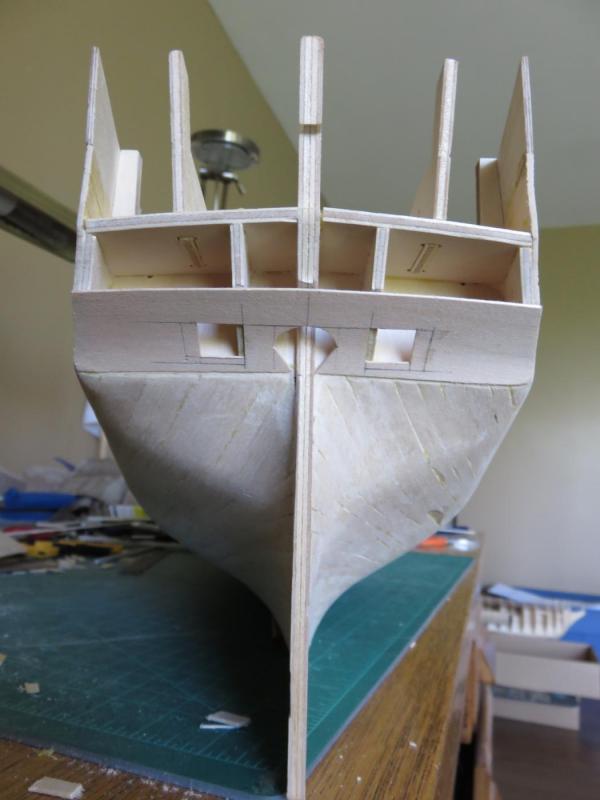
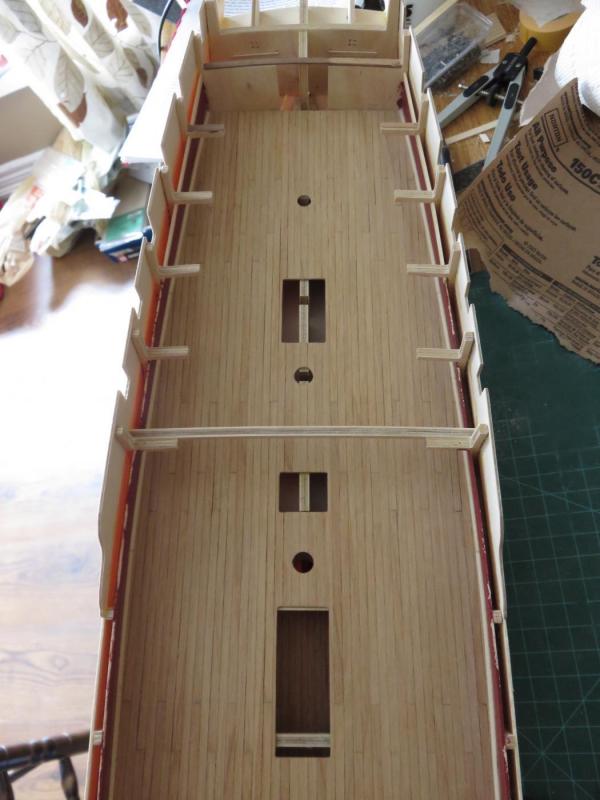
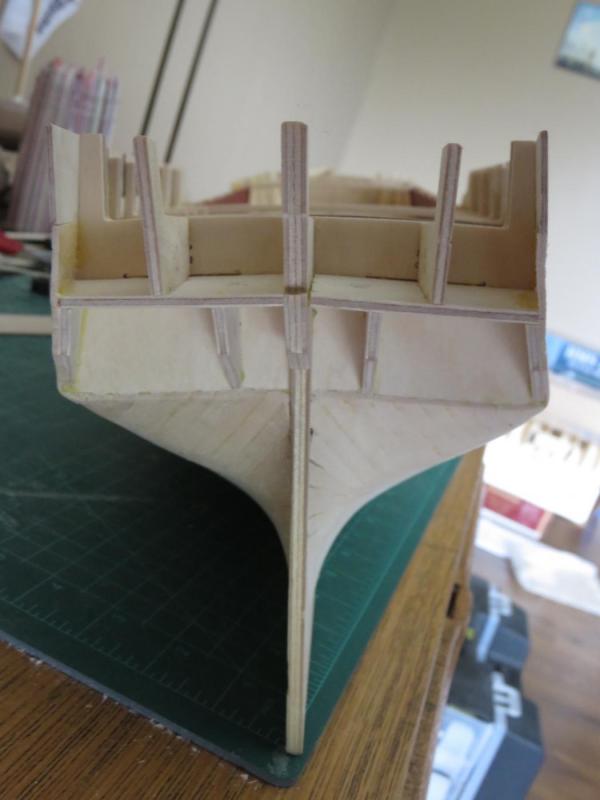
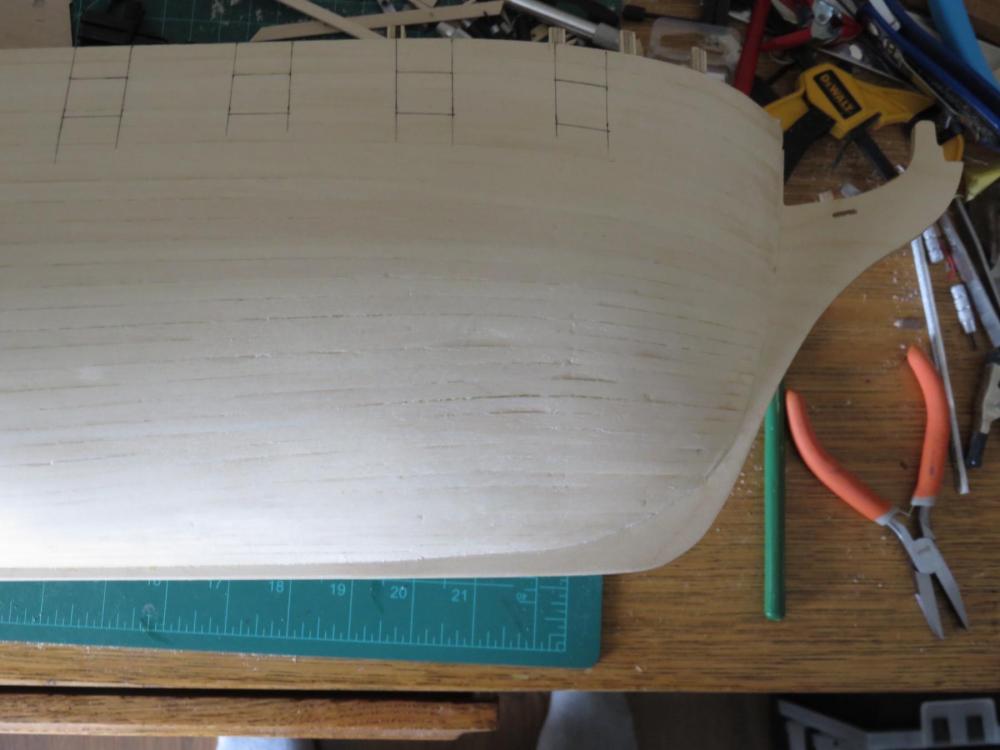
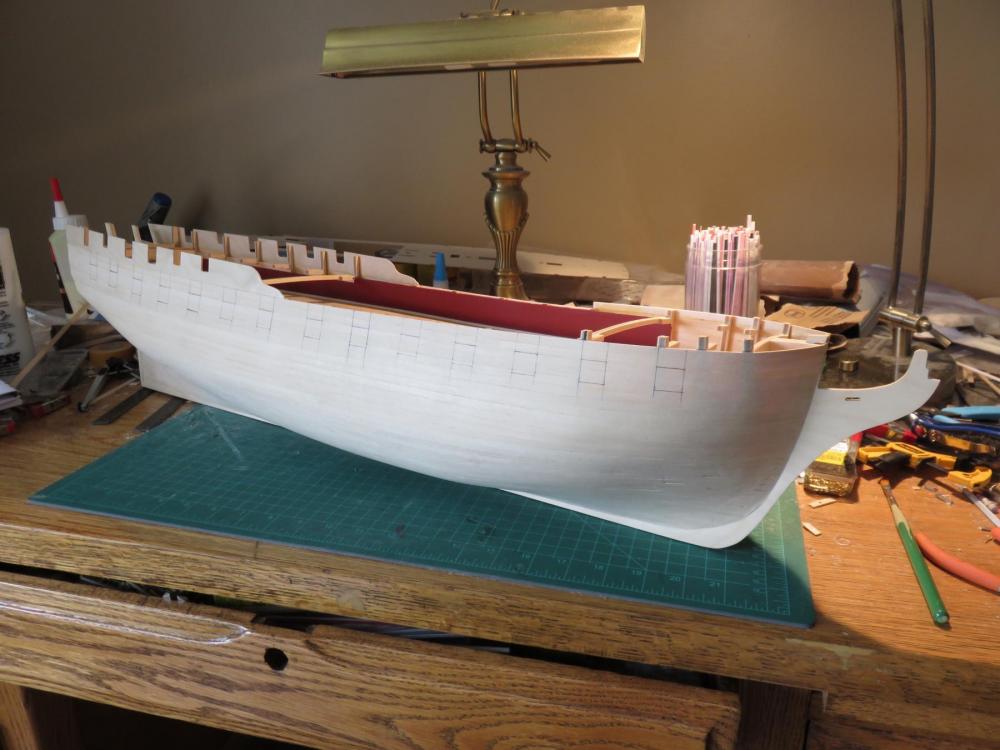
HMS Diana by realworkingsailor (Andy) - Caldercraft - 1:64
in - Kit build logs for subjects built from 1751 - 1800
Posted
Hey guys, thanks for all the well wishes.
So the "allegedly" has now been expanded, possibly until the end of June, which I really don't mind too much, as long as I get some time up north at the lake in July.
Andy